
Friday Night Lights: Shift 12 – Less Isn’t Always More
This is how end-tidal capnography can help us identify underlying problem with patients.

This is how end-tidal capnography can help us identify underlying problem with patients.
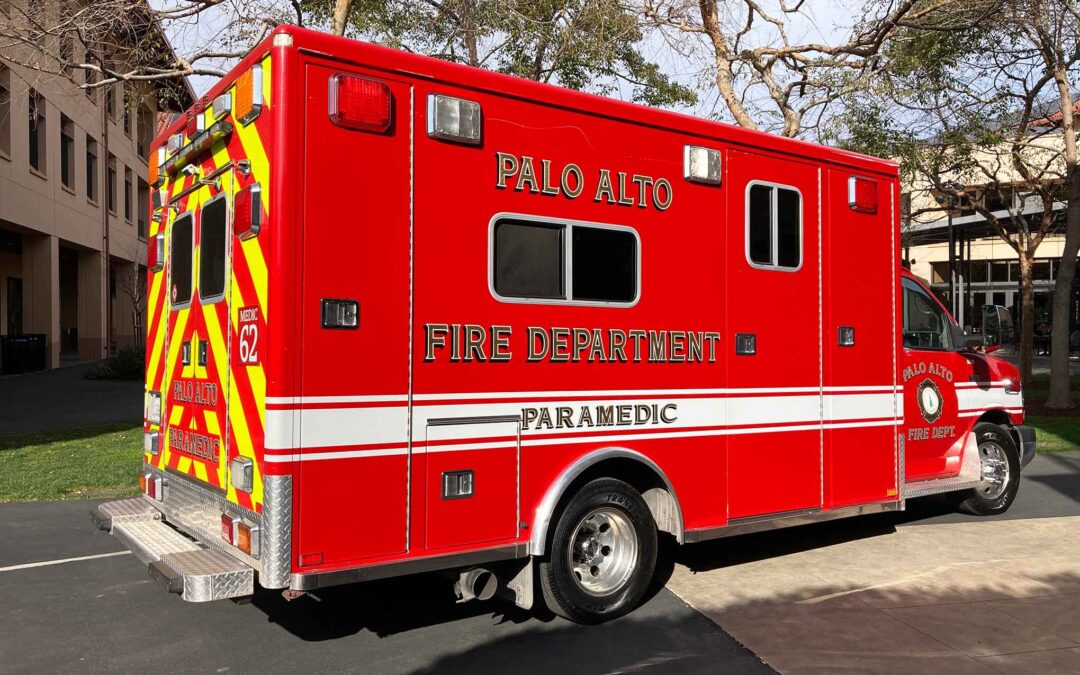
The ability to perform the ABCs continues to be a standard of practice.
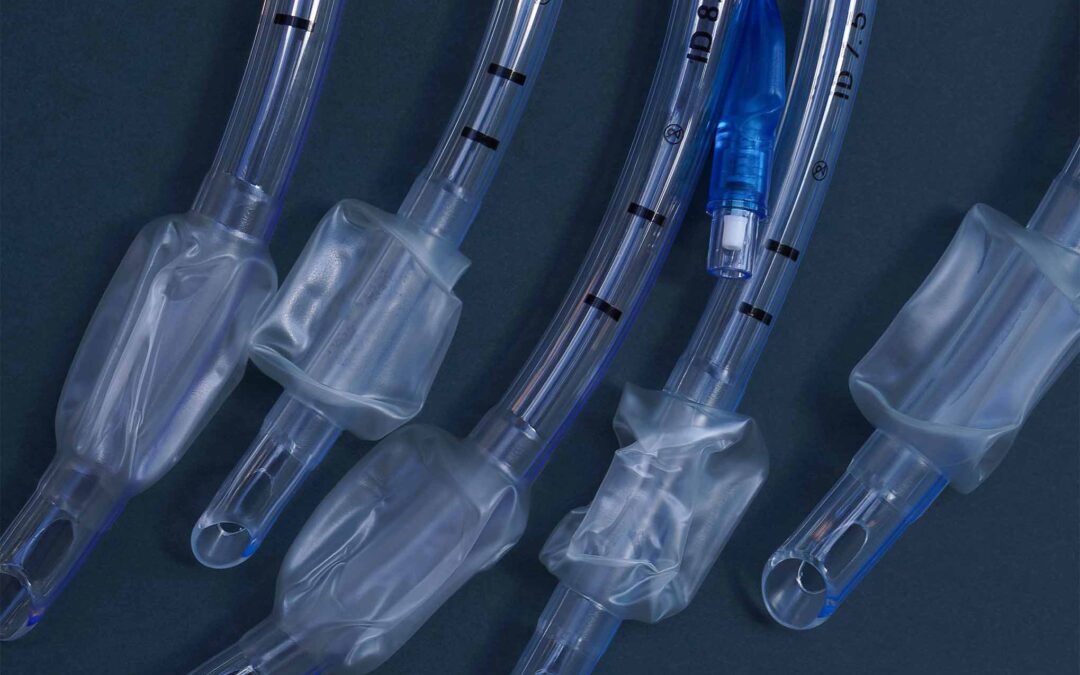
There are better ways to confirm that an endotracheal tube is in the right place.
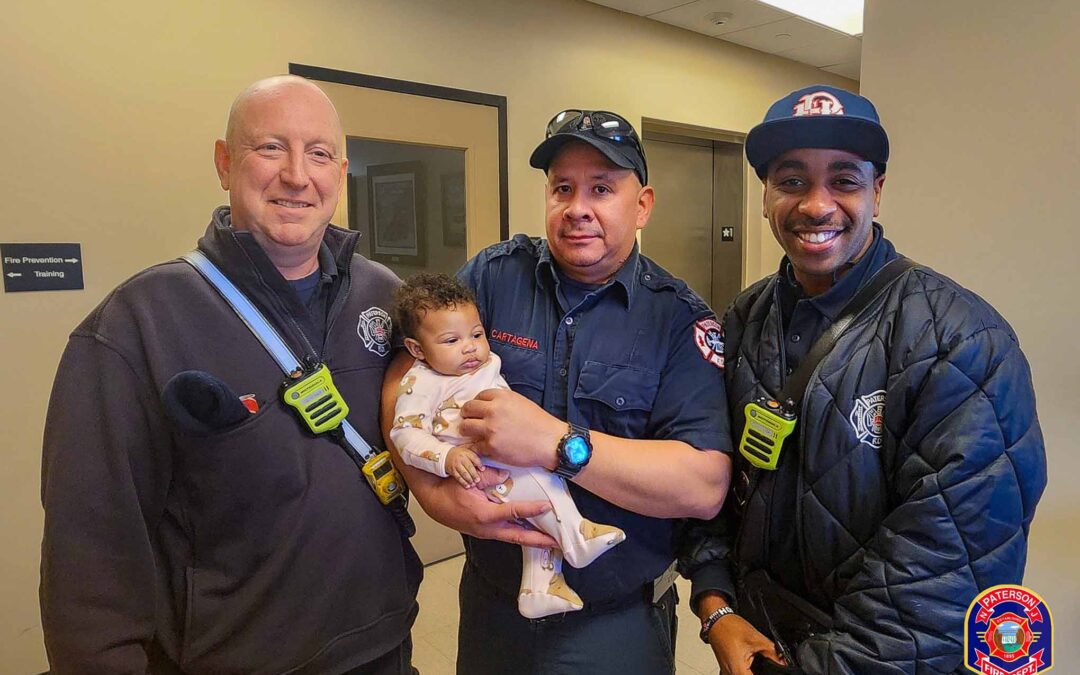
Paterson firefighters saved the life of an infant who was brought into fire headquarters choking, fire department officials said.

eFONA is a risky but straightforward procedure. The key is timely decision-making and proper technique.
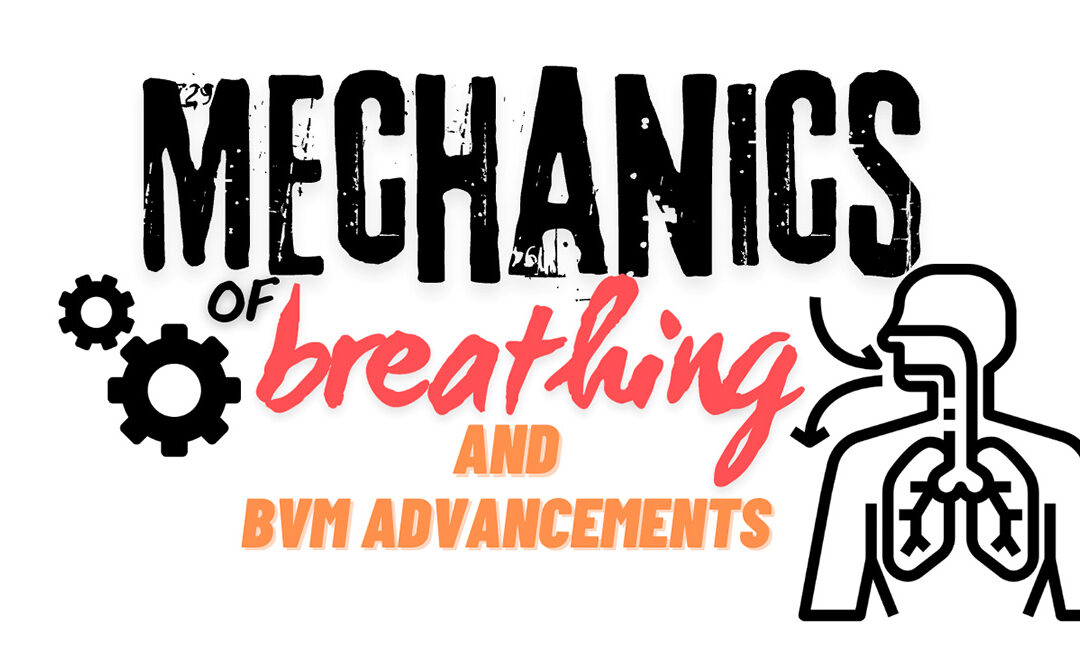
EMS education often overlooks how thoracic negative pressure during inhalation significantly aids blood return to the heart.

Although the reported symptom was difficulty breathing, the issue may not always stem from the respiratory system itself.

Few procedures in the prehospital environment are as anxiety producing and stressful as a surgical cricothyrotomy.

Here’s why lift assist calls are not just “falls.”
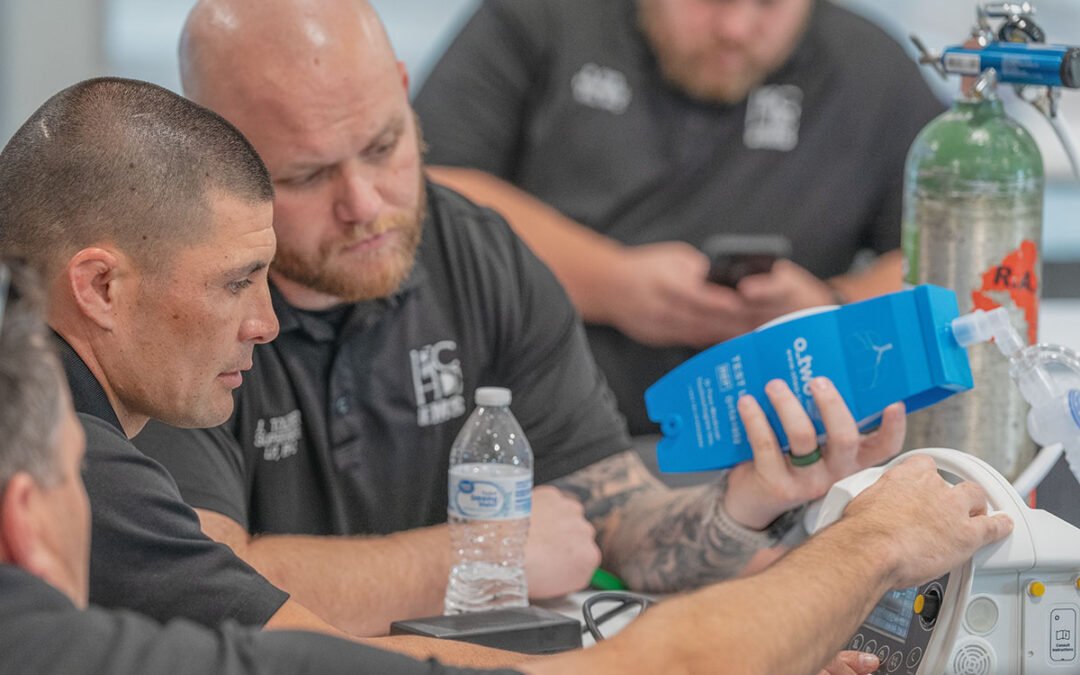
Here’s how Parker County (TX) Hospital District EMS implemented a program that resulted in 96% first-pass success rates.
Recent Comments